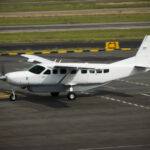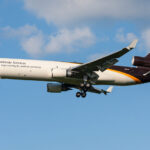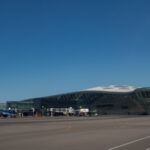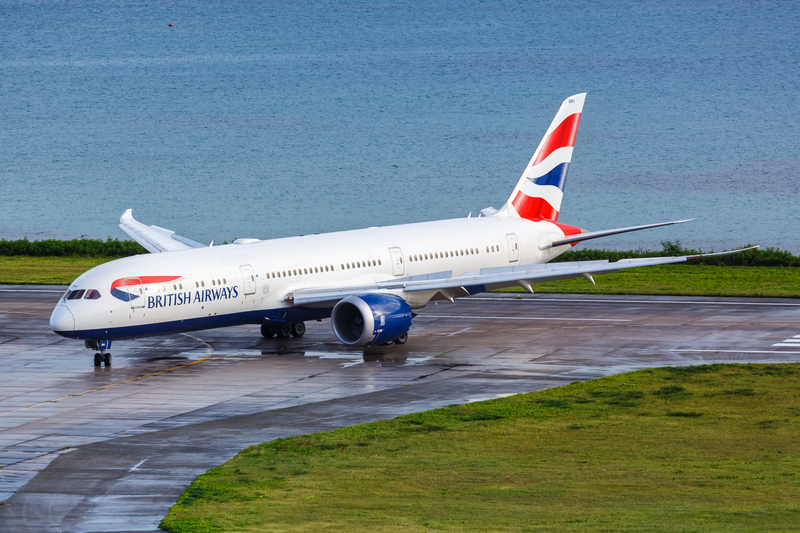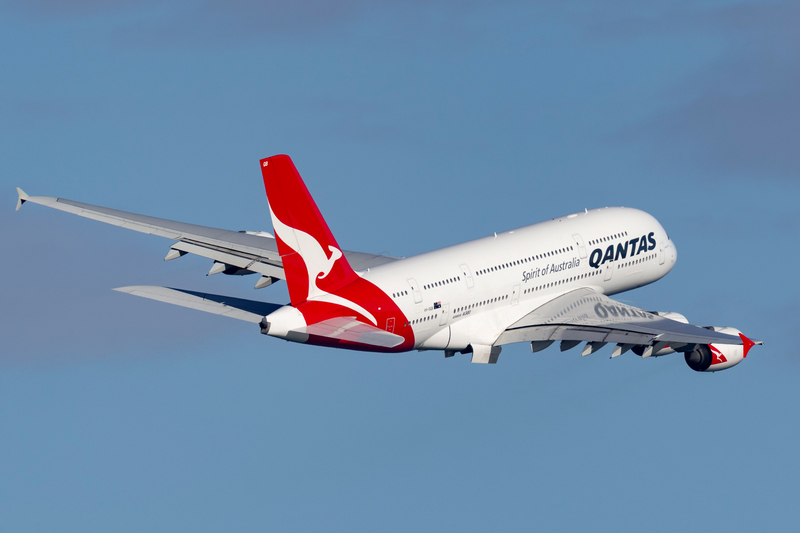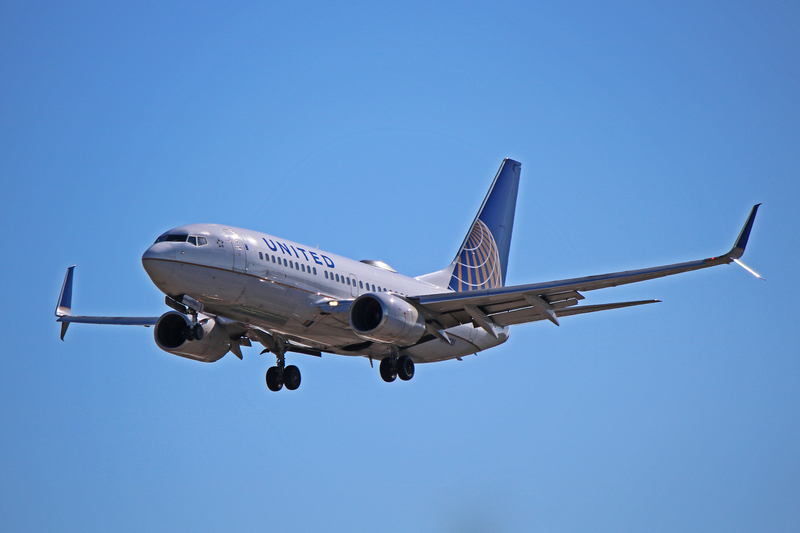11 Killed As Mombasa Air Safari Cessna 208B Crashes En Route To Maasai Mara
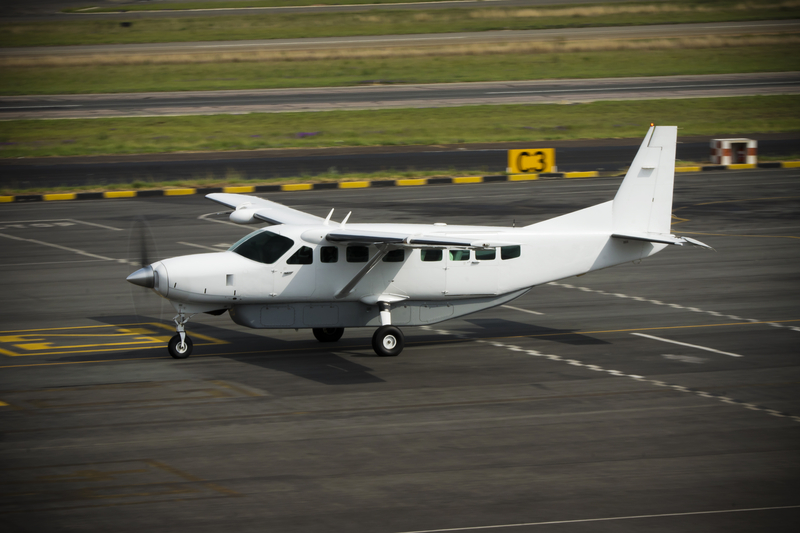
ID 22352040 | Cessna 208 Caravan © Patrick Allen | Dreamstime.com
Kenya’s coastal–safari air corridor suffered a major blow on Tuesday when a Mombasa Air Safari Cessna 208B Grand Caravan crashed in Kwale County, killing all 11 people onboard. The aircraft was operating a tourist flight from Ukunda (UKA), near Diani Beach on Kenya’s south coast, to the Maasai Mara National Reserve when it went down in hilly, forested terrain about 40 km north of the departure point. Officials have confirmed the dead include eight Hungarian nationals, two German tourists, and the Kenyan captain.
Kenya’s transport ministry later fixed the crash time at 08:35 local time after initial conflicting reports, noting that the aircraft failed to establish post-departure contact with ATC. Search teams located burning wreckage in poor weather, with heavy morning rain and low visibility cited as likely contributing factors.
A High-Profile Loss On A Vital Tourist Link
The flight—identified locally as Mombasa Air Safari Flight 203—was operating one of Kenya’s most popular tourist routings: a short coastal hop to the Mara, typically a two-hour sector depending on intermediate stops and Mara airstrip allocations. The Cessna 208B involved, tail 5Y-CCA, first flew in 2007 and had been with Mombasa Air Safari since 2013. The 208B is the workhorse of East African safari flying, prized for short-strip performance, single-pilot operation, and the ability to reach remote lodges directly.
Because this flight was headed to the Mara and not to Nairobi Wilson (WIL)—Kenya’s main domestic and charter airport—there was less redundancy in terms of diversion fields along the route. The aircraft came down in terrain that is difficult to access in rain, delaying full recovery of remains and complicating the site preservation needed for a detailed accident probe. Kenyan investigators have opened a formal inquiry and said a preliminary report is expected in 30 days.
Weather, Dispatch, And Overwatered Corridors
Early indications point to adverse weather as a primary line of investigation. Operators running between Ukunda (UKA) and the Mara routinely have to thread low coastal ceilings, early-morning convection, and terrain updrafts. On days like this, the safest option is often to delay or re-route via Nairobi Wilson (WIL), where radar, alternates and handling are better. When a fully loaded Caravan continues in marginal conditions, the chain of decisions—dispatch release, pilot weather briefing, operator SMS, and ATC separation—will all be examined closely. Kenya’s transport authorities have already said previous regional accidents will be reviewed “for context.”
Impact On Mombasa Air Safari
For Mombasa Air Safari, this is a worst-case event:
-
Operationally, expect tighter day-of-departure weather calls on Diani/Ukunda (UKA) – Maasai Mara sectors, possible temporary suspensions on select strips, and closer oversight of Caravan single-pilot ops.
-
Commercially, this hits right at the start of a strong safari window, so the carrier may need to stimulate demand or lean on interline/ground partners to reassure European tour operators.
-
Regulatorily, investigators will want maintenance records, pilot duty/rest logs, weight-and-balance, and dispatch notes for this specific rotation.
Kenya’s small-aircraft sector has faced scrutiny before—Mombasa Air Safari lost a Let L-410 in the Mara in 2012—and the country’s accident-investigation capability has been rated below the global average, something Nairobi has pledged to improve after this crash.
Why This Matters For Safari Aviation
This accident is a reminder that short-haul does not mean low risk. Coastal-to-park hops combine:
-
Weather that changes quickly,
-
Remote landing strips (some in the Mara do not have IATA codes or full-time ATS), and
-
Tourist pressure to “make the game drive.”
When you add a single-engine turboprop like the Cessna 208B Grand Caravan—a reliable type, but still single-engine—conservative go/no-go decisions become the most important safety tool the operator has.
Bottom Line
Eleven people—eight Hungarian tourists, two German tourists, and the Kenyan pilot—died when a Mombasa Air Safari Cessna 208B Grand Caravan (5Y-CCA) crashed shortly after departing Ukunda (UKA) for the Maasai Mara in heavy rain. Kenya has opened a full investigation and will focus on weather, ATC contact loss, and operator decision-making. Until the preliminary report is out, operators on the same corridor can expect tighter oversight and passengers can expect more weather-related delays—a necessary trade to keep Kenya’s high-value safari links safe.
